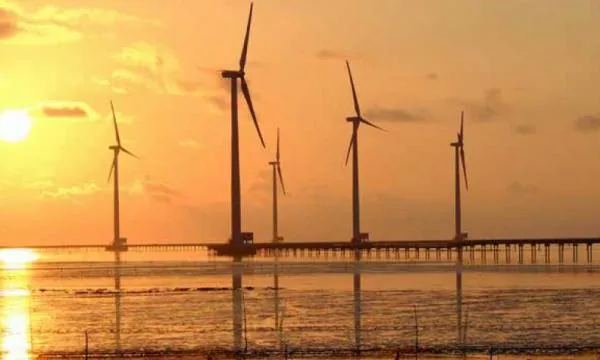
Japan selects 11 offshore wind areas for development
Four will immediately be prepared for wind and geological surveys.
The Japanese government has identified 11 new areas for offshore wind development. Four areas lie offshore Akita prefecture: Noshiro (Mitane and Oga), Yurihonjo (north and south), Happou and Noshiro, and Katagami.
There are also three areas offshore Aomori prefecture: Nihon sea (north), Nihon sea (south), and Mutsu bay.
Two areas are offshore Nagasaki prefecture: Goto, which is suited for floating wind, and Saikai (Ejima). The remaining areas are offshore Tokyo prefecture (Choshi) and Niigata prefecture (Murakami & Tainai).
Also read: TEPCO starts survey for domestic offshore wind farm
Four of the areas will immediately undergo preparations for wind and geological surveys, local media reported.

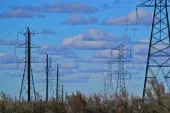


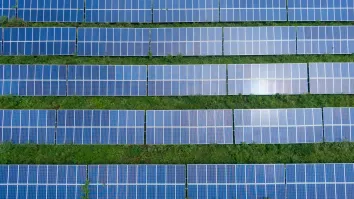
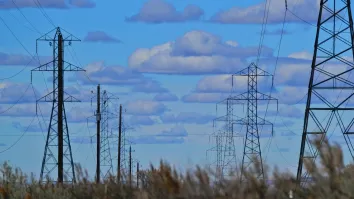




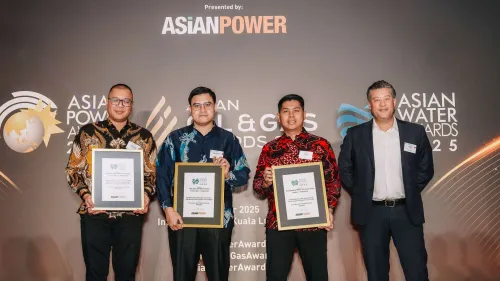

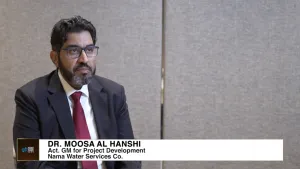






 Advertise
Advertise




